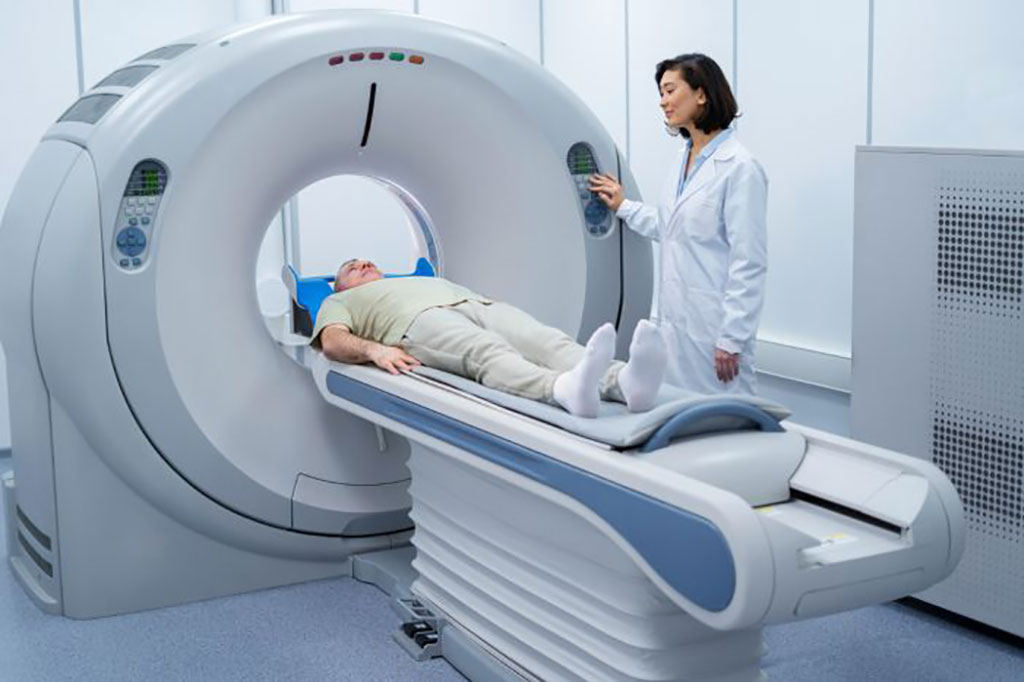Cardiac MRI Less Invasive Diagnostic Tool for Early Evaluation of Patients with Acute Chest Pain
Posted on 22 Jun 2023
Every year, around three million patients seek help from emergency departments due to acute chest pain accompanied by mildly increased levels of troponin, a protein that indicates heart muscle damage typically from a heart attack. The optimal strategy for evaluating and managing patients with chest pain and detectable or slightly elevated troponin levels remains uncertain. Although angiography, an invasive procedure used to examine the health and blood flow of blood vessels, is often employed, its invasive nature, such as in cardiac catheterization where a catheter is guided to the heart through a blood vessel, can be problematic. Now, a new study indicates that cardiac magnetic resonance imaging (MRI) is a valuable and safe method for assessing these complex cases.
In the study conducted by researchers at Wake Forest University School of Medicine (Winston-Salem, NC, USA) 312 participants across four U.S. sites were randomly assigned to either cardiac MRI or more invasive interventions, with modifications as required based on evolving conditions. Participants, with an average age of 61 and comprised of 60% men, 64% white, and 34% Black, were monitored for approximately 2.8 years. All participants had acute chest pain and troponin levels ranging from detectable to 1.0 ng/ml. The research team tracked heart attacks, deaths, and instances of cardiac-related hospital readmission or emergency visits.

The researchers found no difference in clinical or safety event rates between the cardiac MRI and the invasive-based care pathway. Furthermore, they discovered that the use of cardiac MRI reduced the requirement for invasive angiography over the prolonged follow-up period. Among the cardiac MRI group, 58% of the participants were safely discharged based on negative imaging results, avoiding angiography or interventions such as revascularization (a treatment to restore blood flow to a blocked section of the heart) within 90 days.
“Patients who present to the emergency room with chest pain and mildly elevated troponin often fall into a diagnostic gray zone,” said Chad Miller, M.D., professor and chair of emergency medicine at Wake Forest University School of Medicine and emergency medicine physician at Atrium Health Wake Forest Baptist. “These findings confirm that cardiac MRI is a highly accurate test that can be reliably used as first-line testing in this complex patient population.”
Related Links:
Wake Forest University School of Medicine














